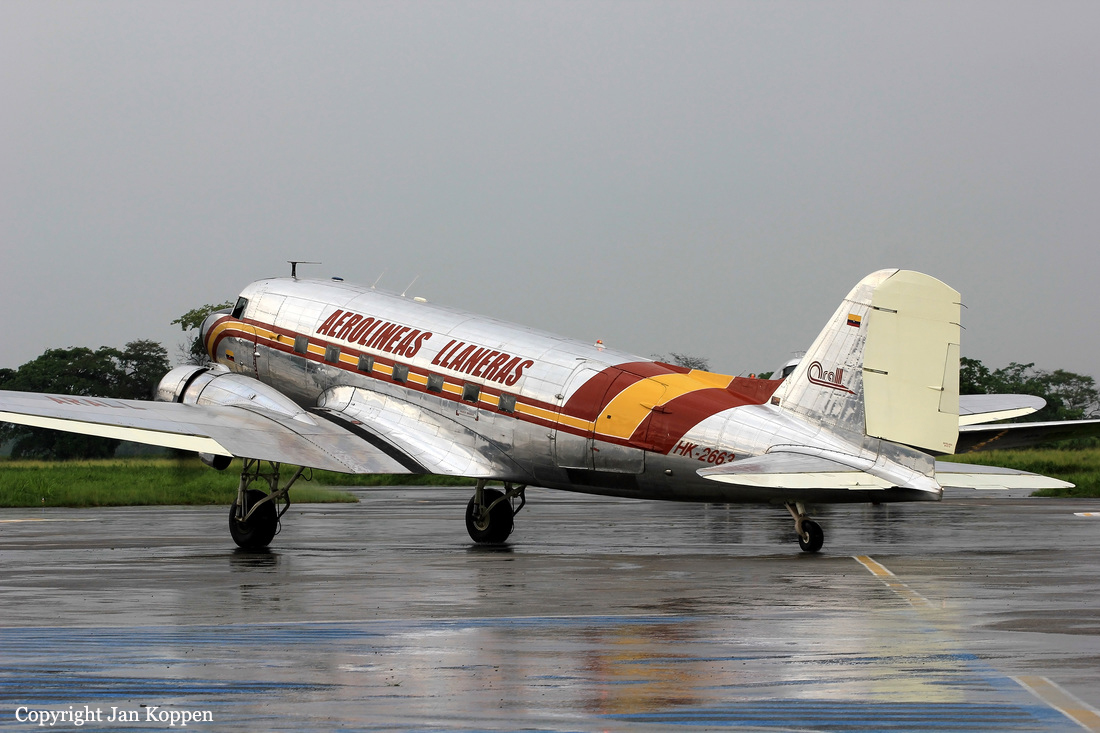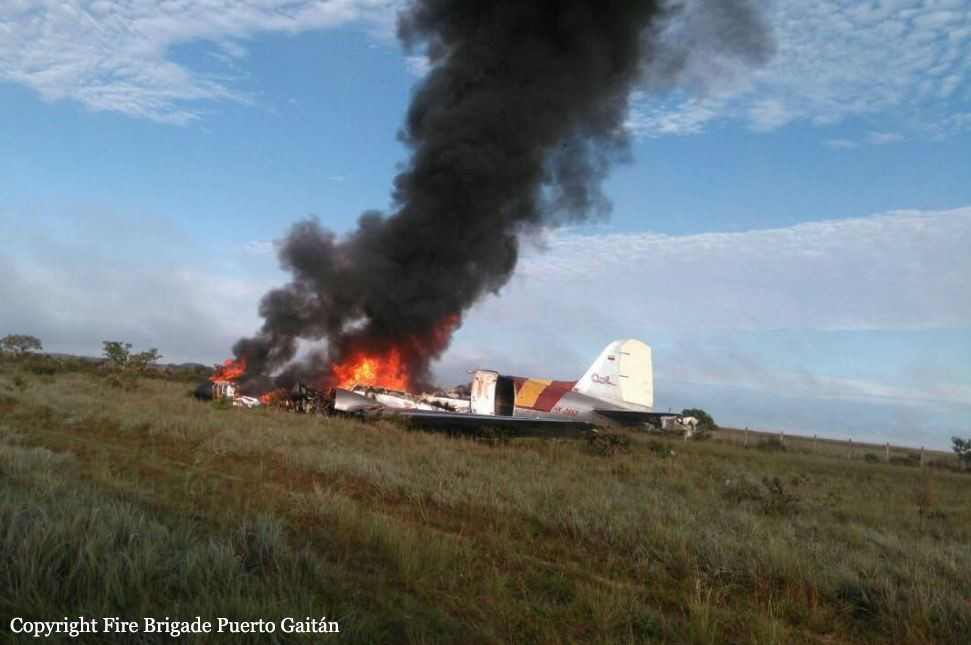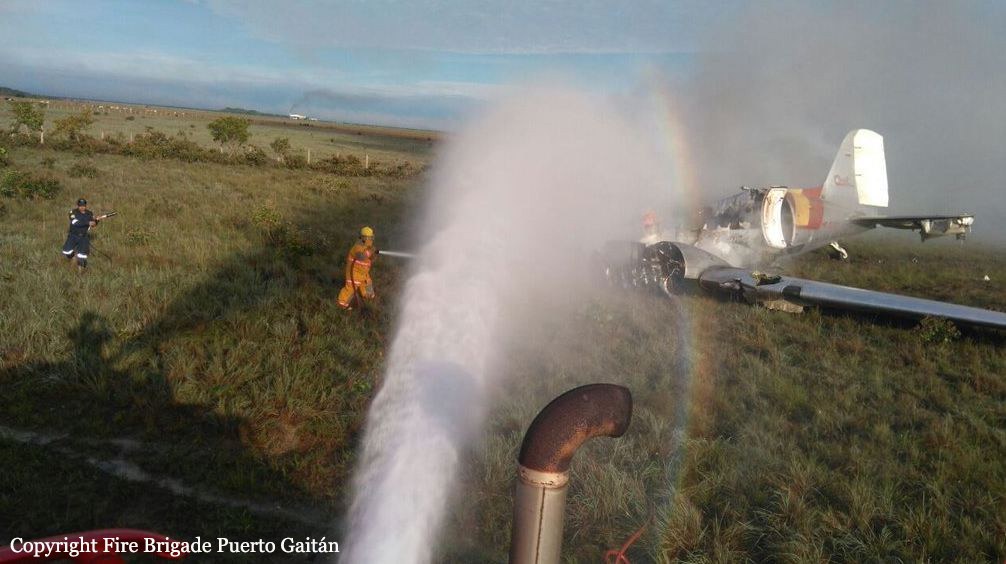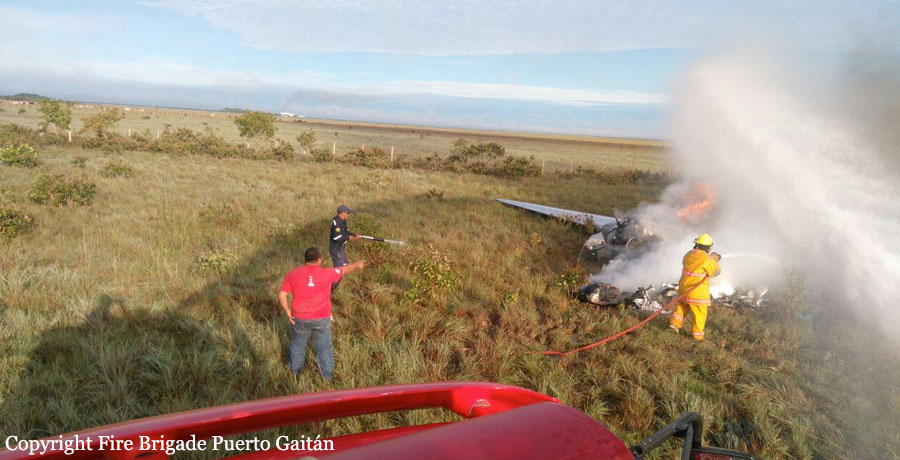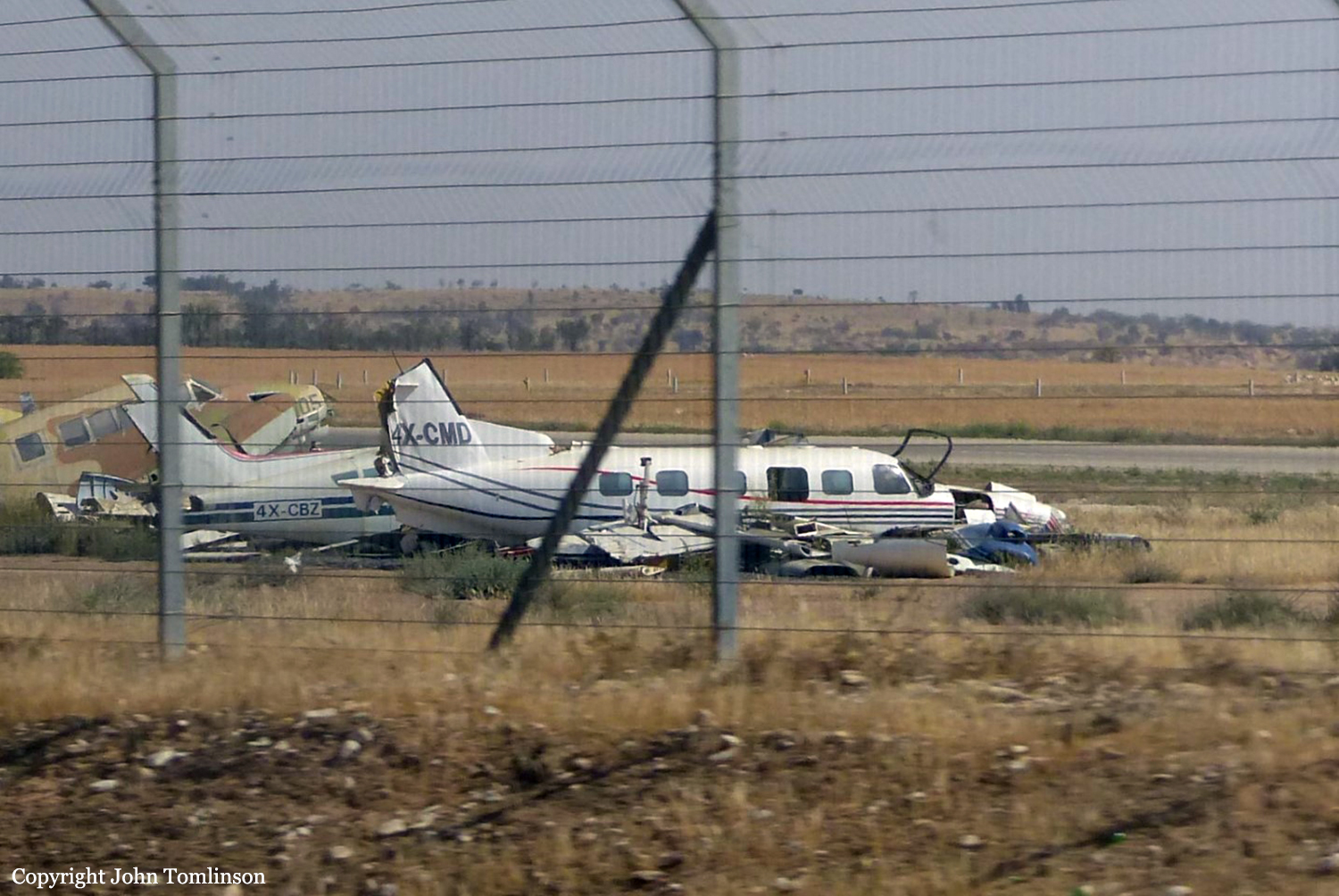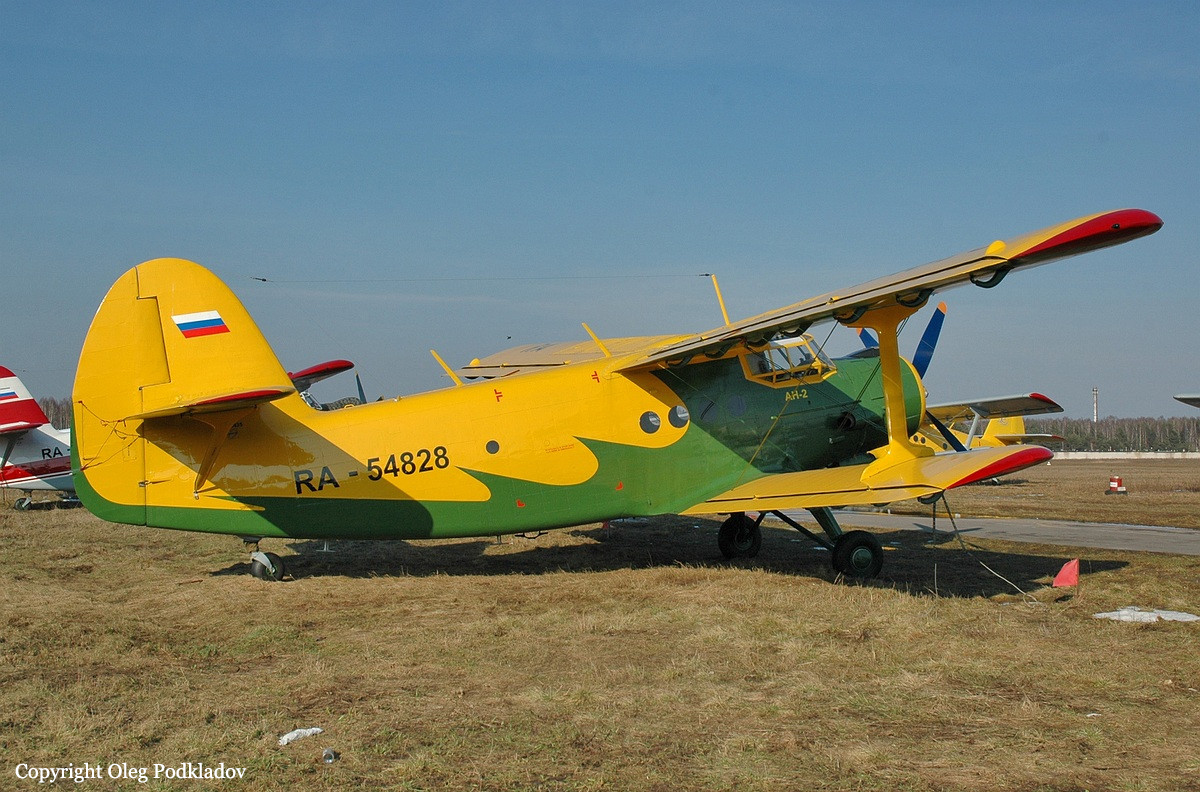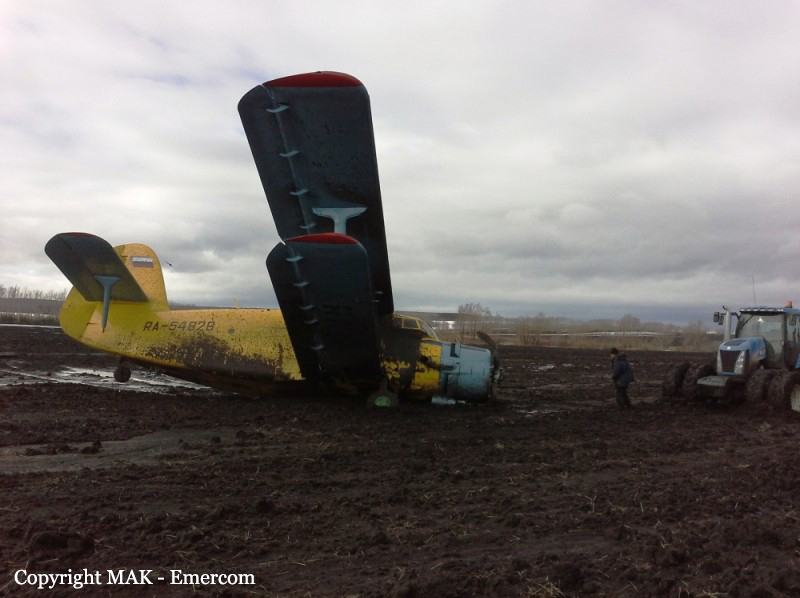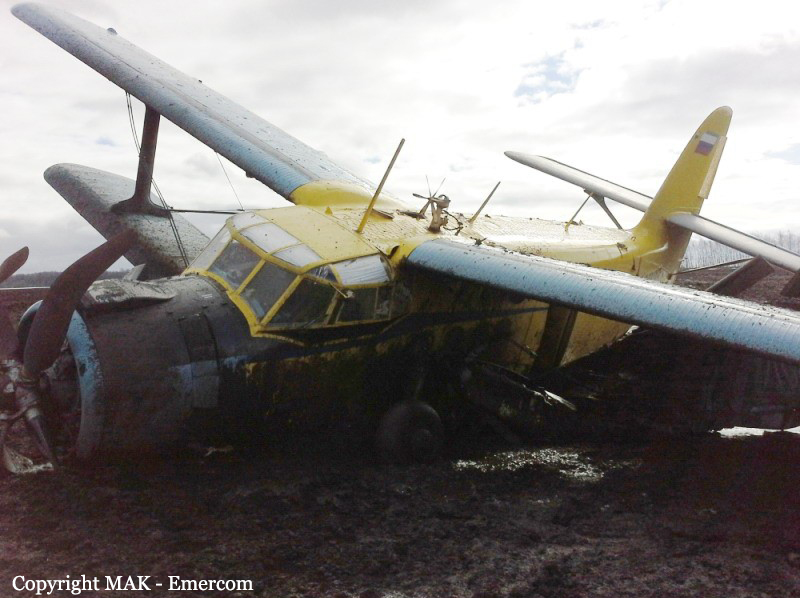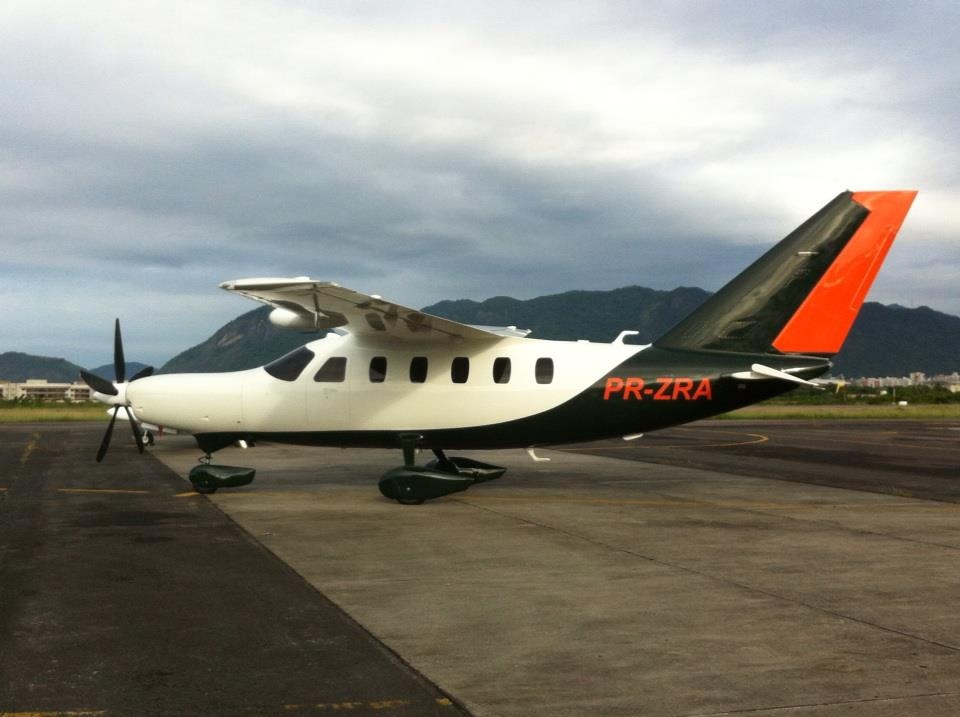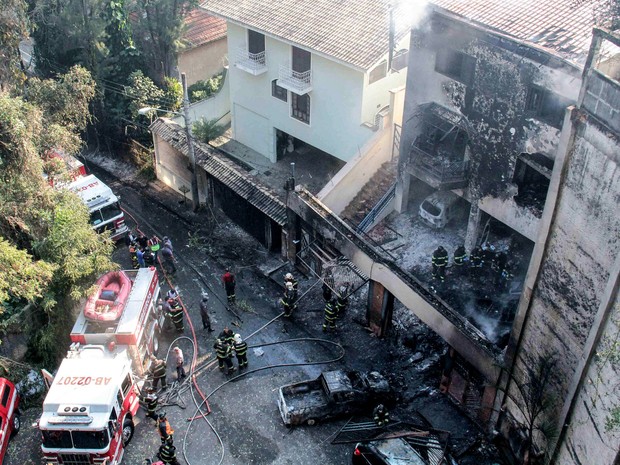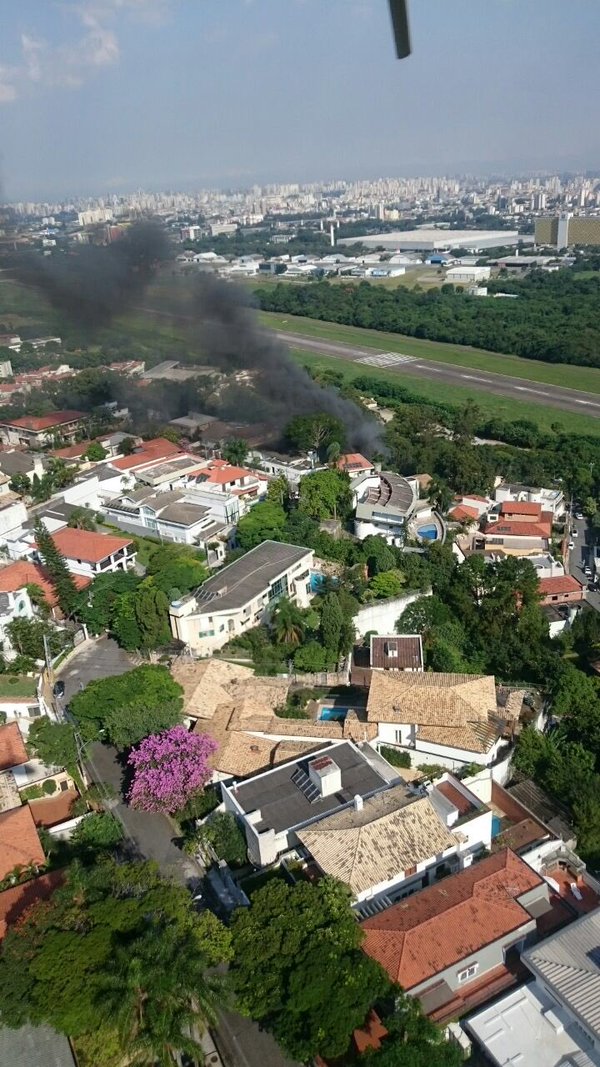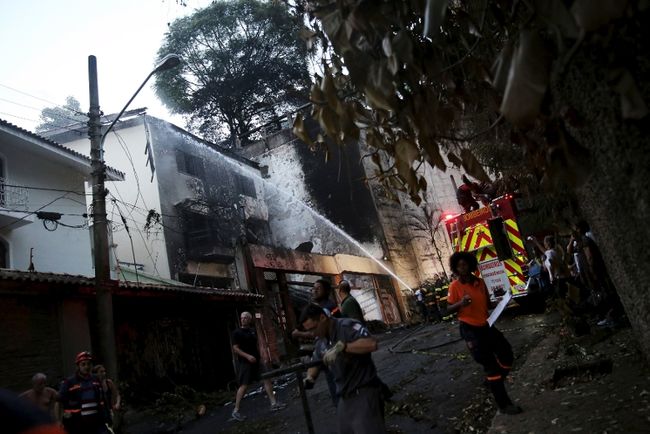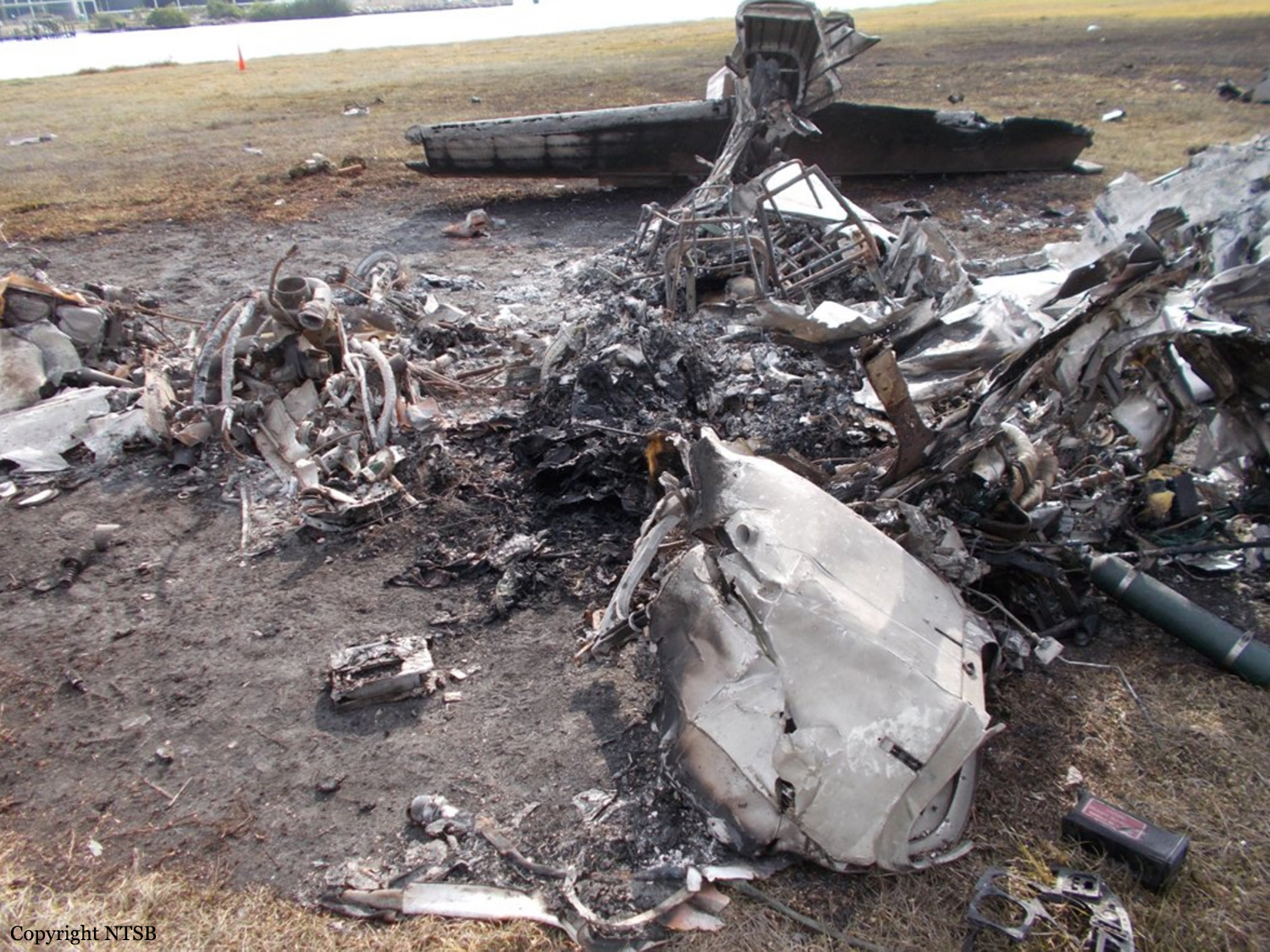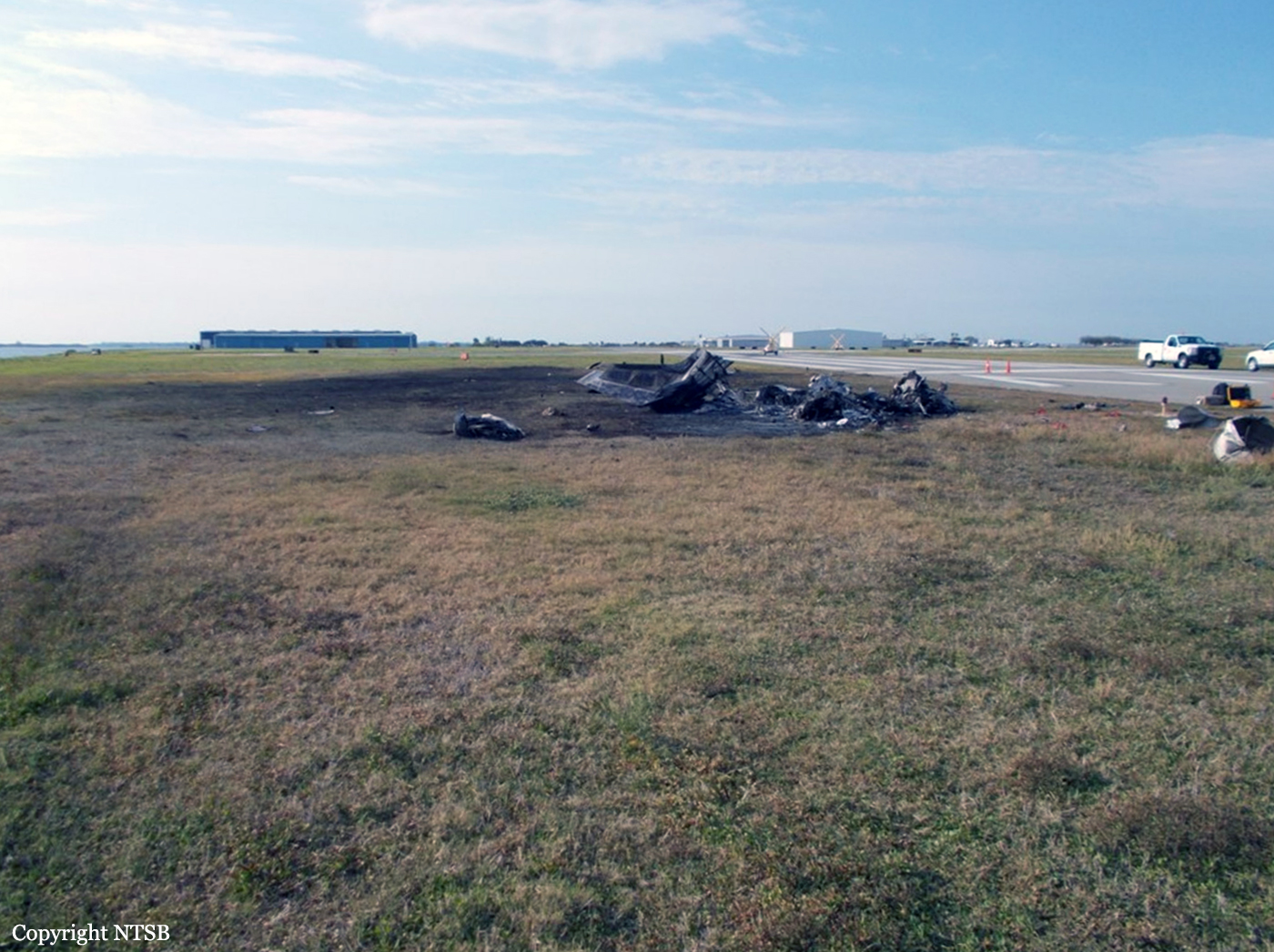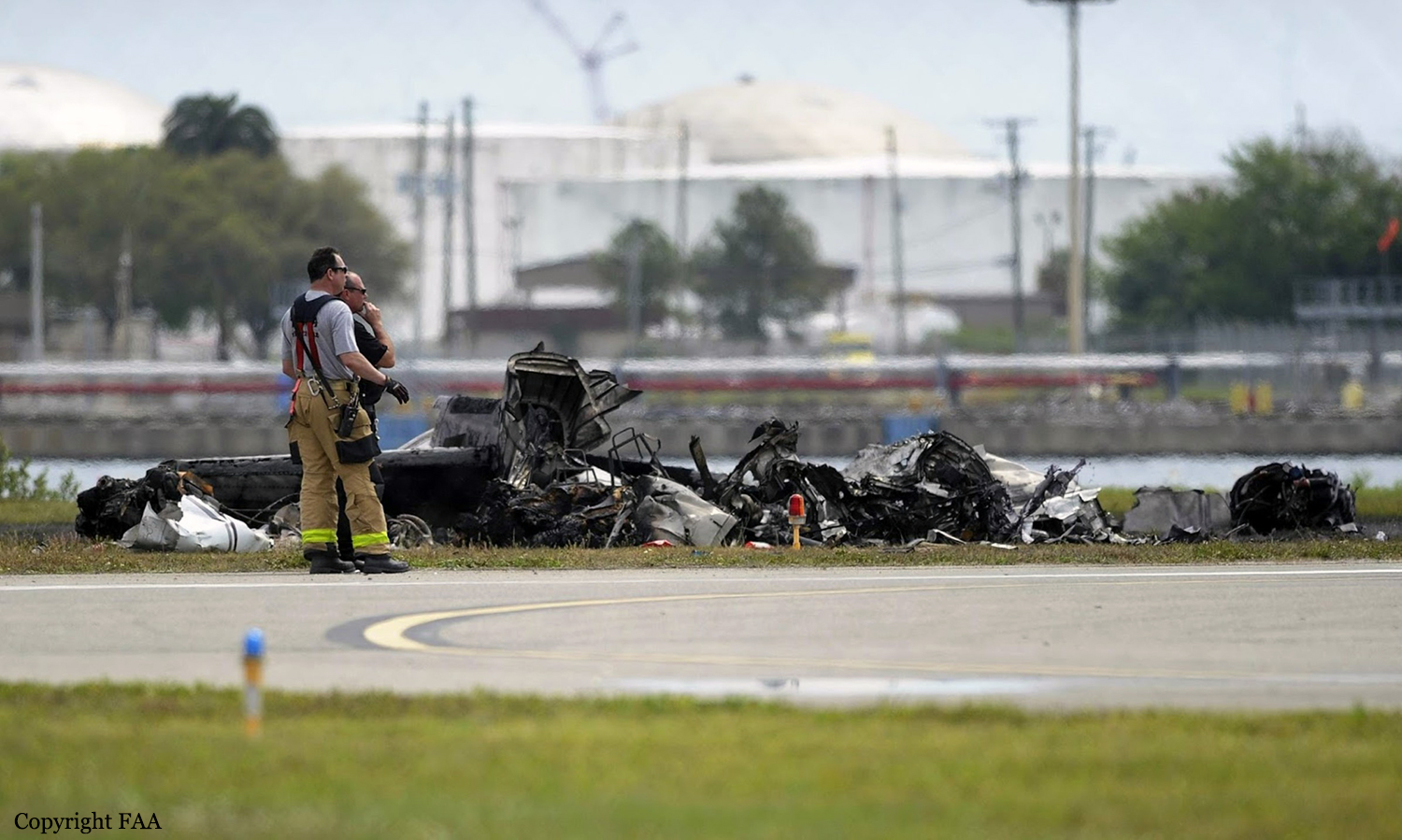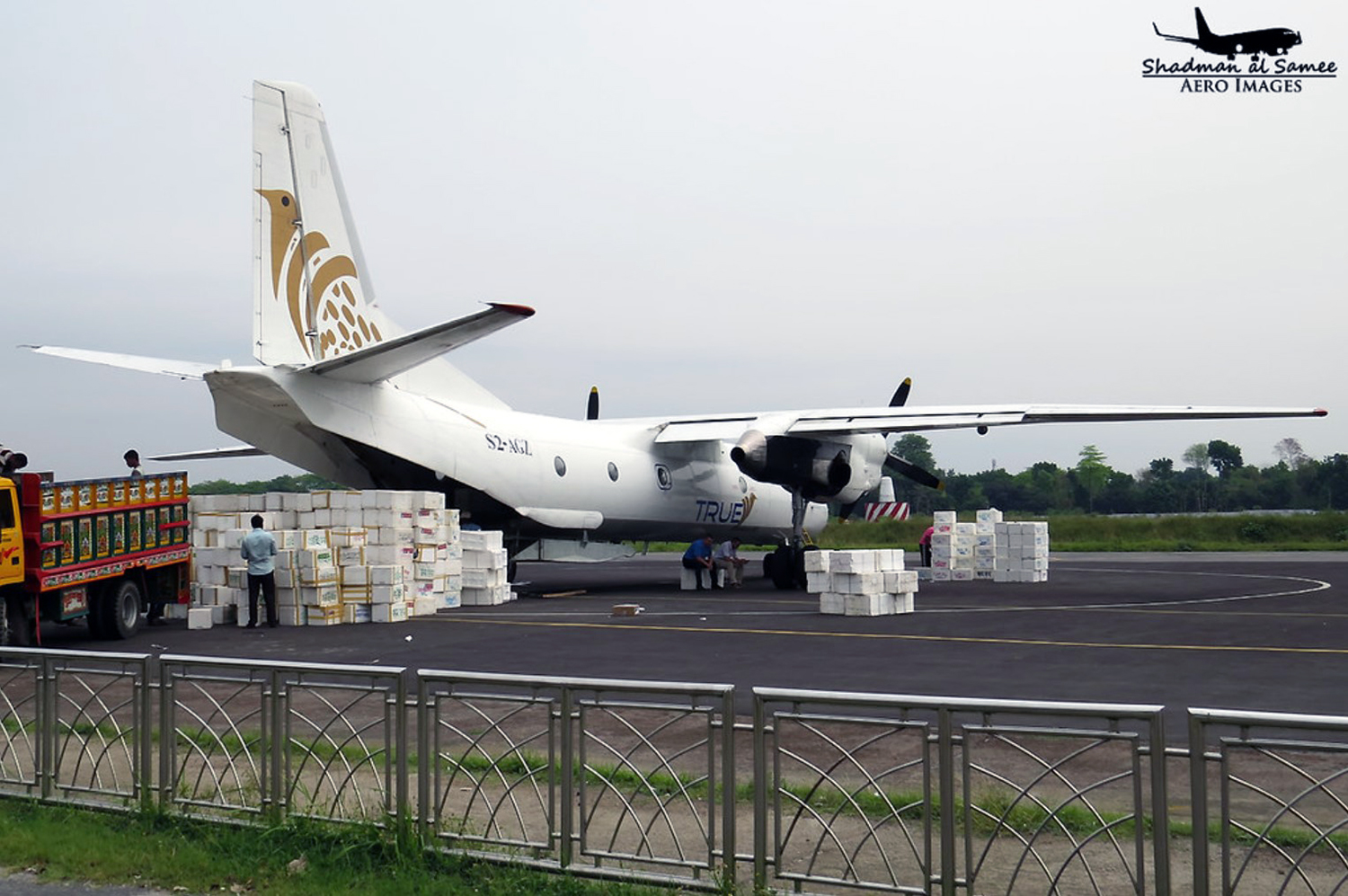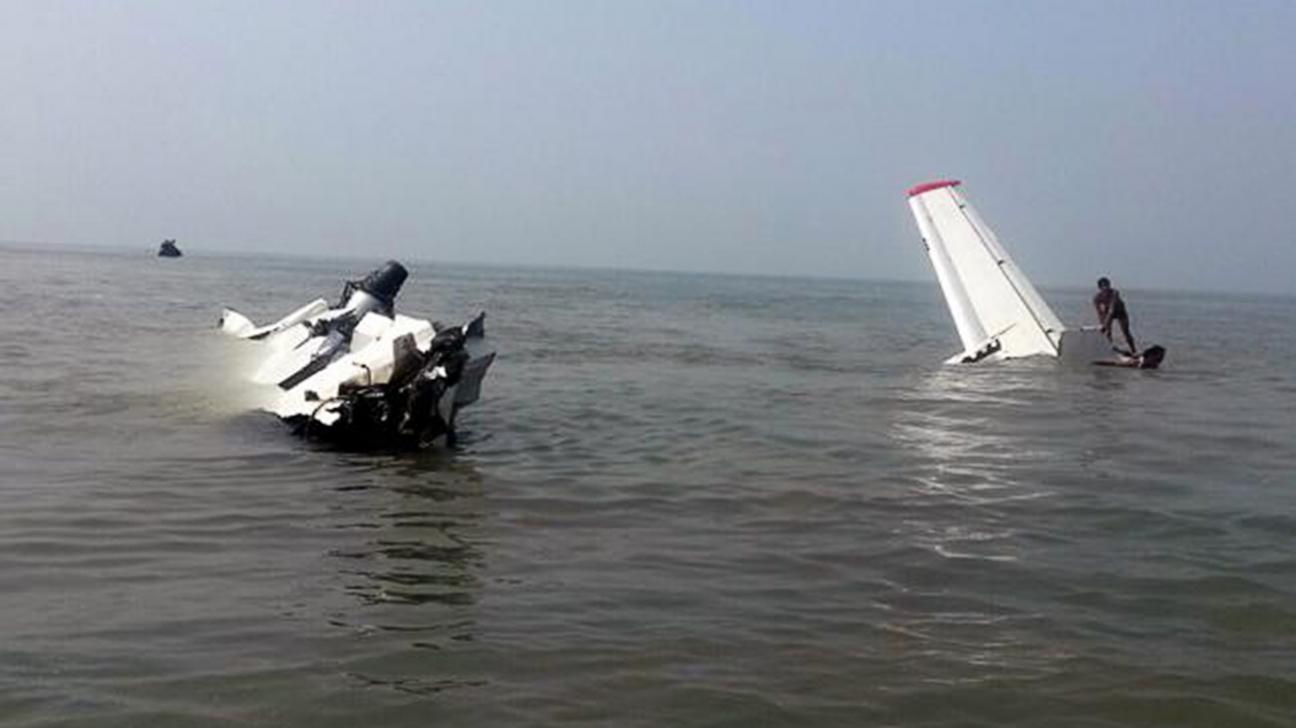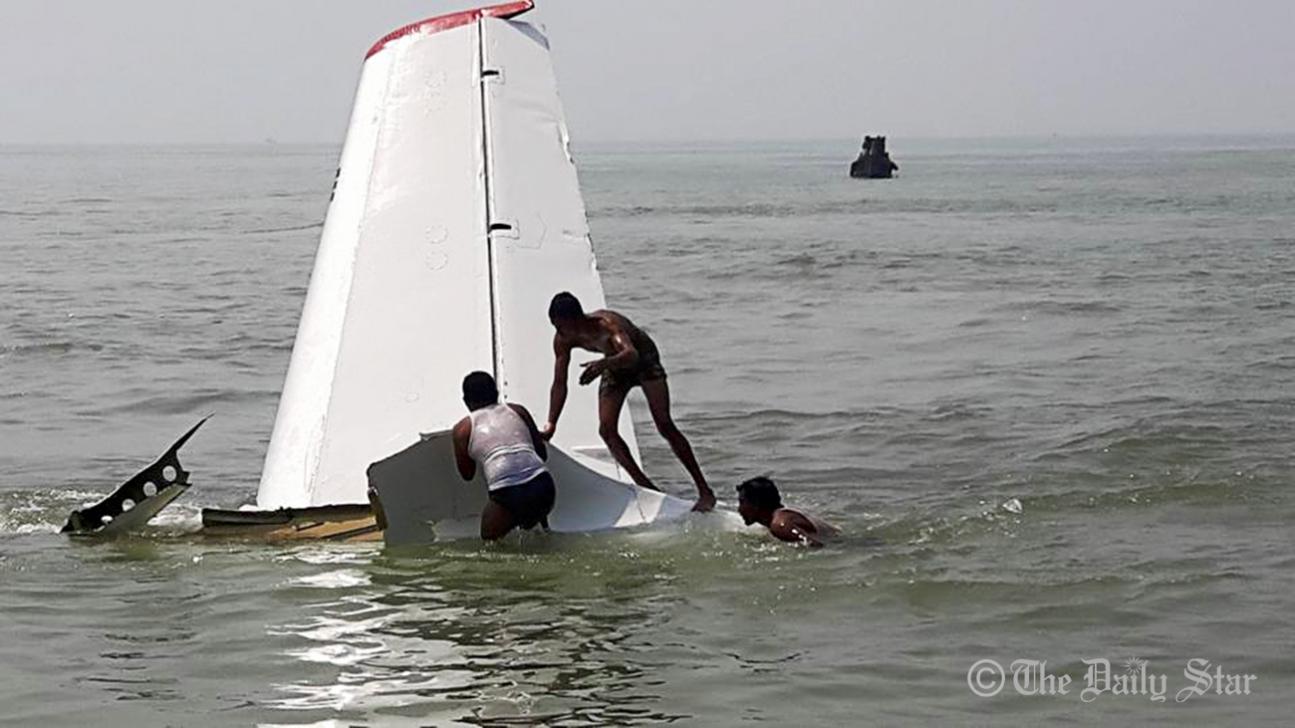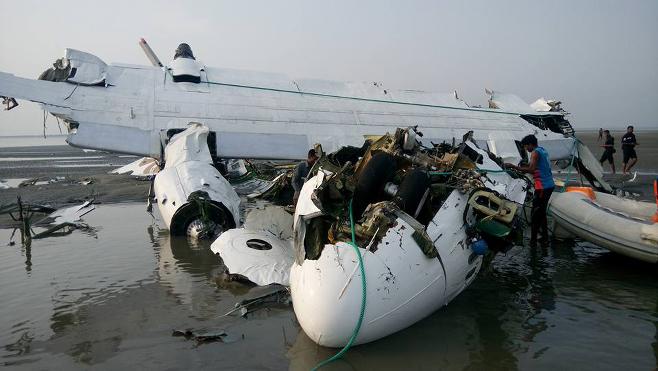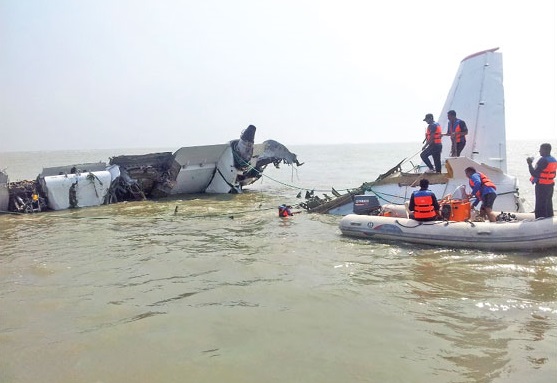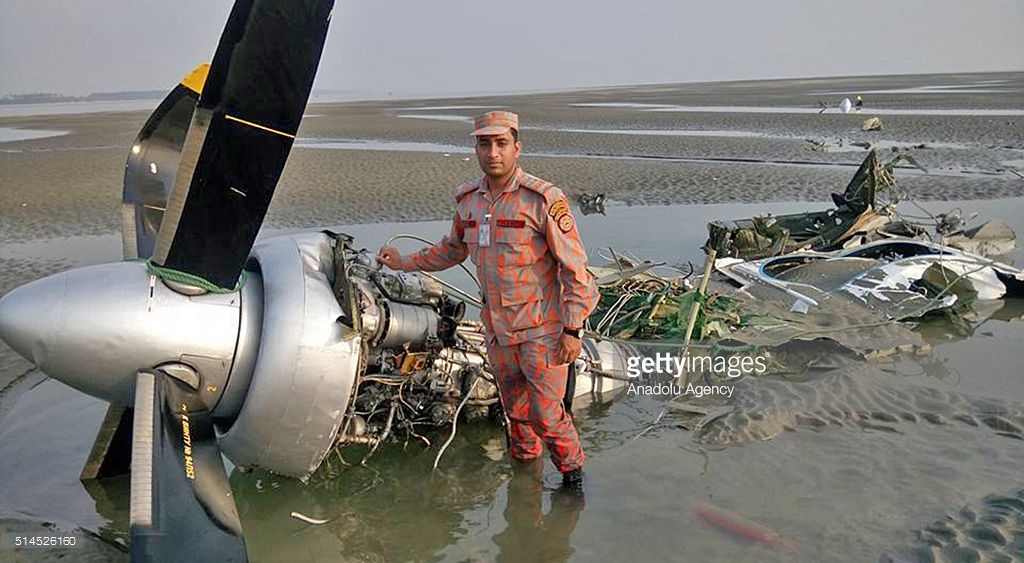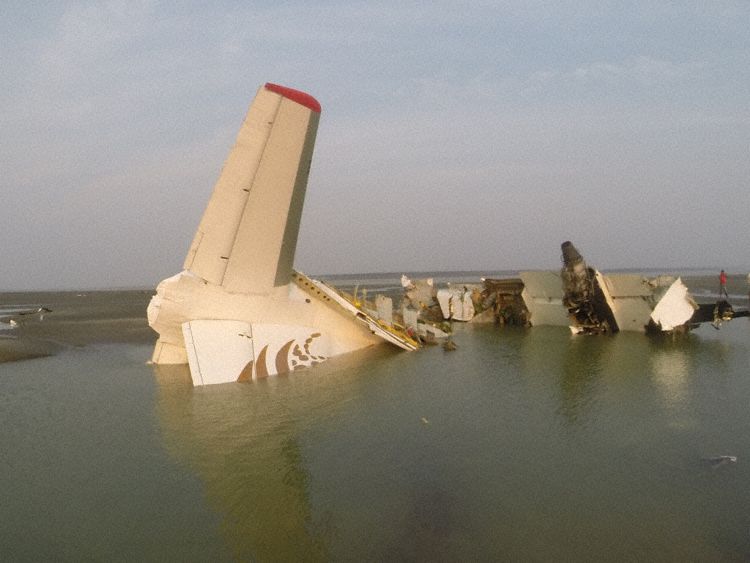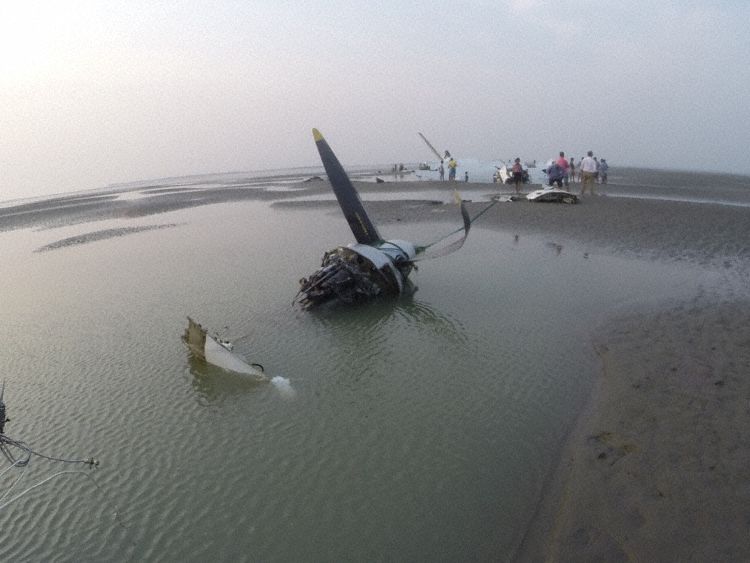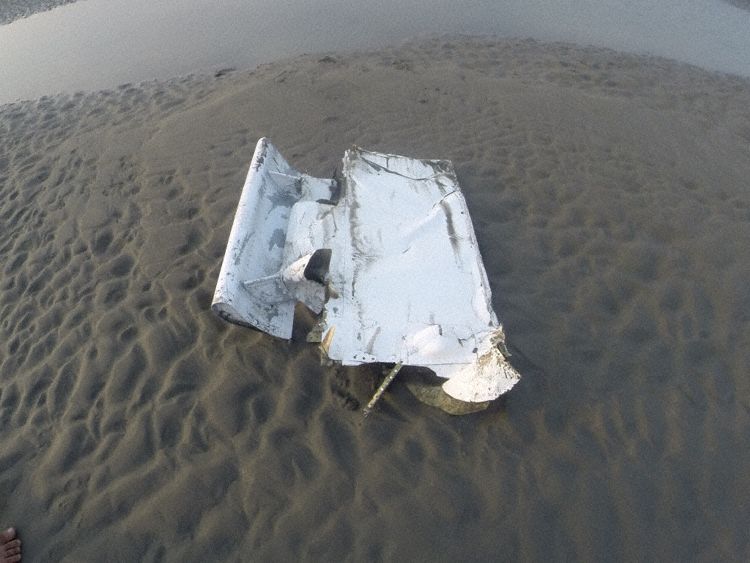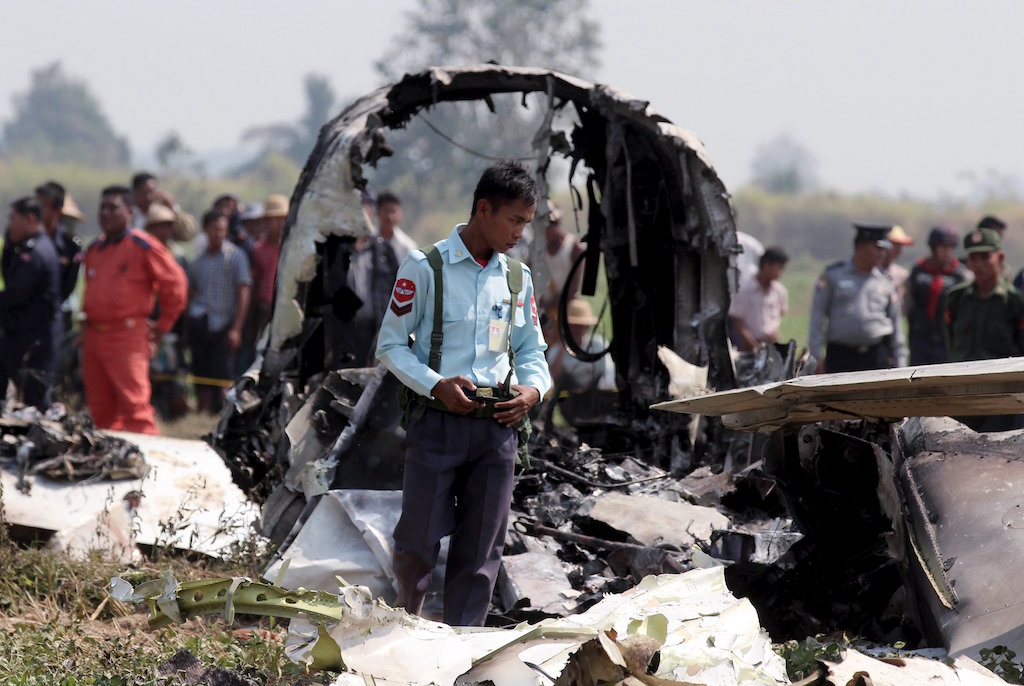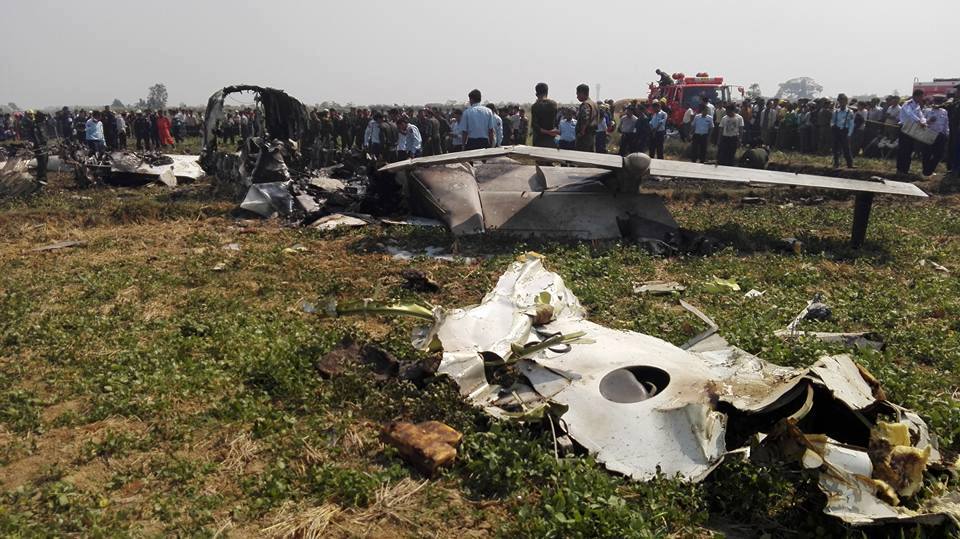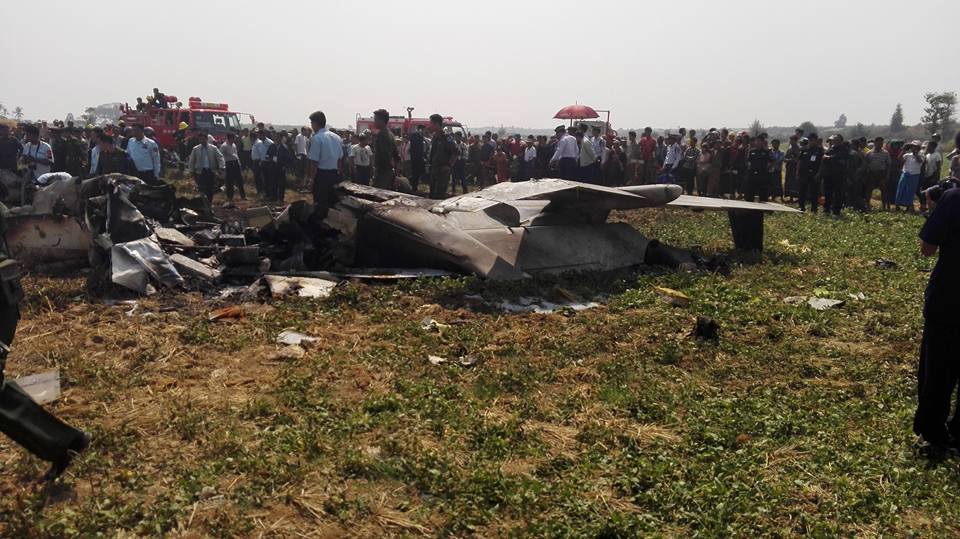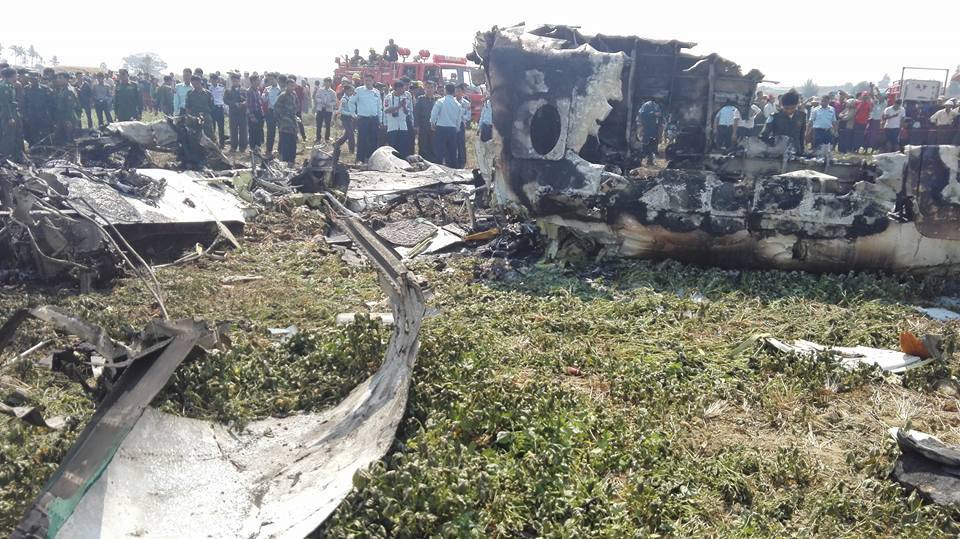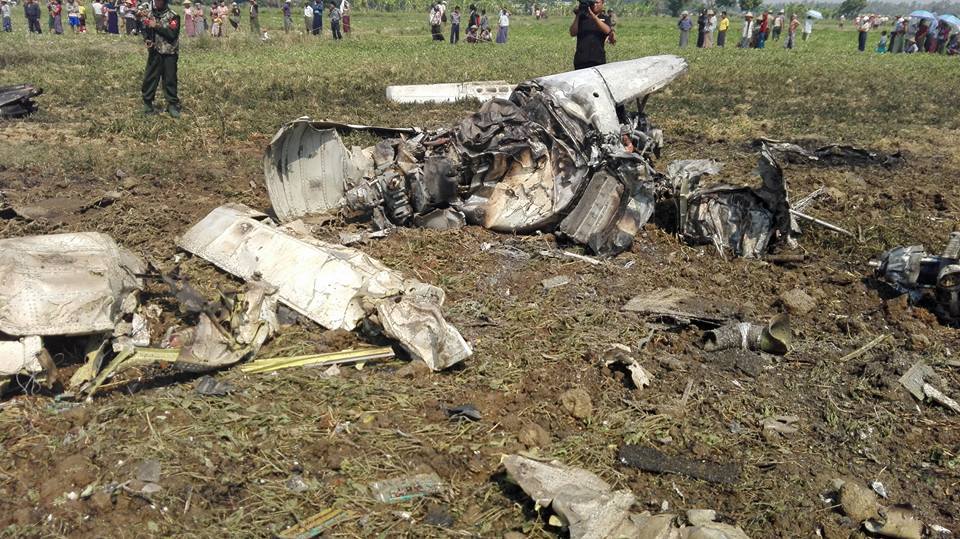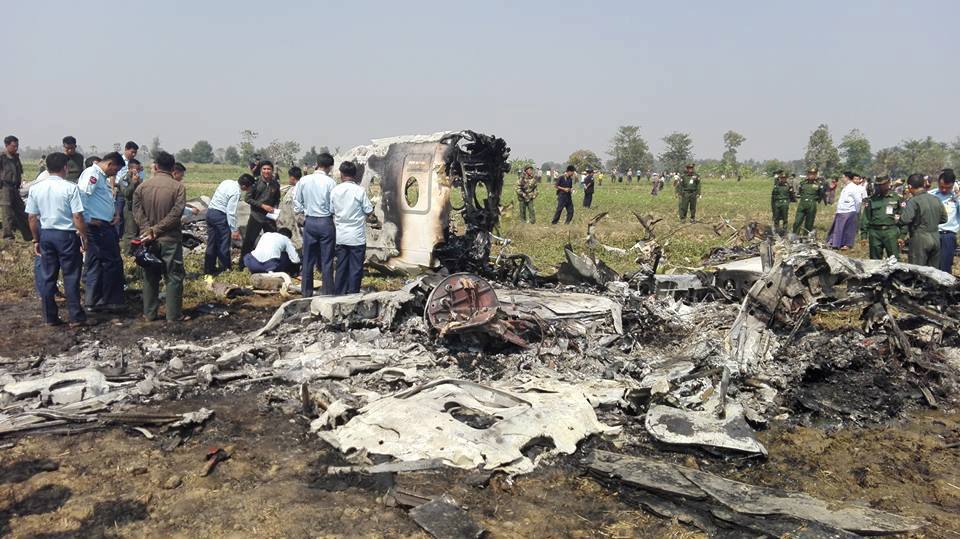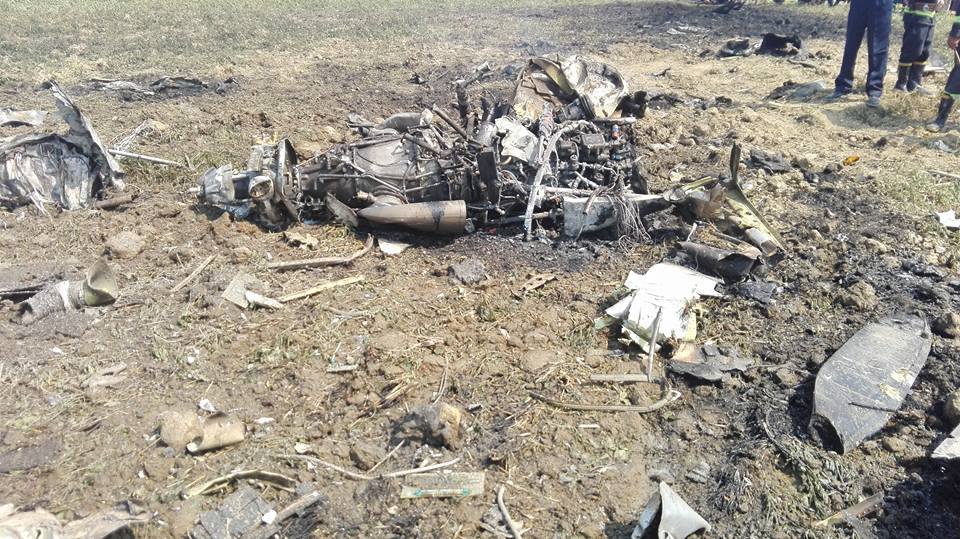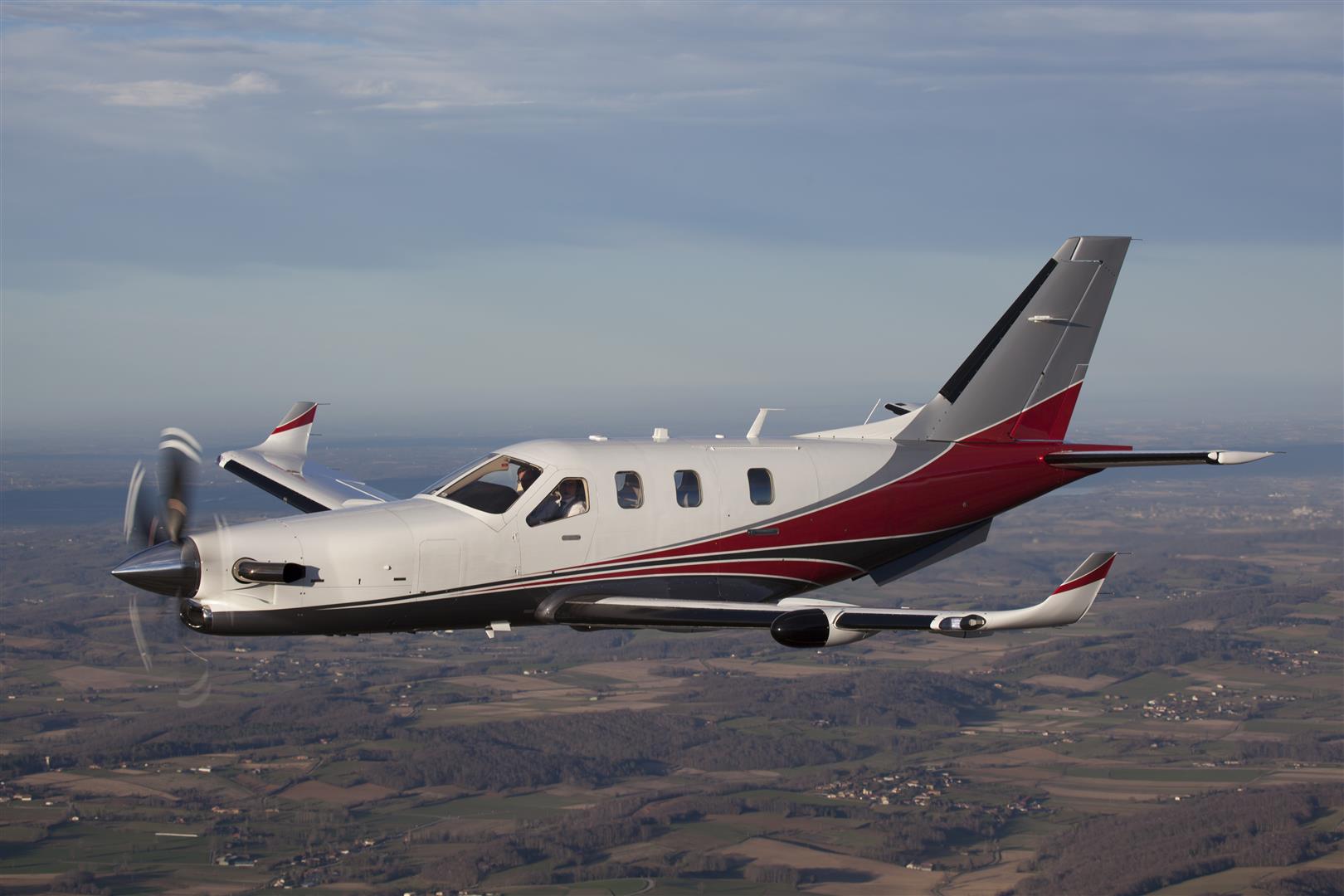Crash of a Douglas DC-3C in Puerto Gaitán
Date & Time:
Apr 6, 2016 at 0625 LT
Registration:
HK-2663
Survivors:
Yes
Schedule:
Puerto Gaitán – Villavicencio
MSN:
10210
YOM:
1945
Crew on board:
3
Crew fatalities:
Pax on board:
0
Pax fatalities:
Other fatalities:
Total fatalities:
0
Aircraft flight hours:
23291
Circumstances:
Shortly after takeoff from Puerto Gaitán Airport Runway 04, while on a cargo flight to Villavicencio, the left engine exploded and caught fire. As the aircraft was losing speed and height, the crew attempted an emergency landing when the aircraft crash landed in an open field located 2,6 km southwest from the airport, bursting into flames. All three crew members escaped with minor injuries and the aircraft was destroyed by a post crash fire.
Probable cause:
Failure of the left engine following the detachment of the head of a cylinder shortly after takeoff. Deficiencies in maintenance processes contributed to this situation. The crew failed to follow the emergency procedures when the left engine caught fire and exploded, reducing the power on the right engine. In such conditions, the aircraft was unable to maintain a safe altitude and the crew was forced to attempt an emergency landing.
Final Report:
